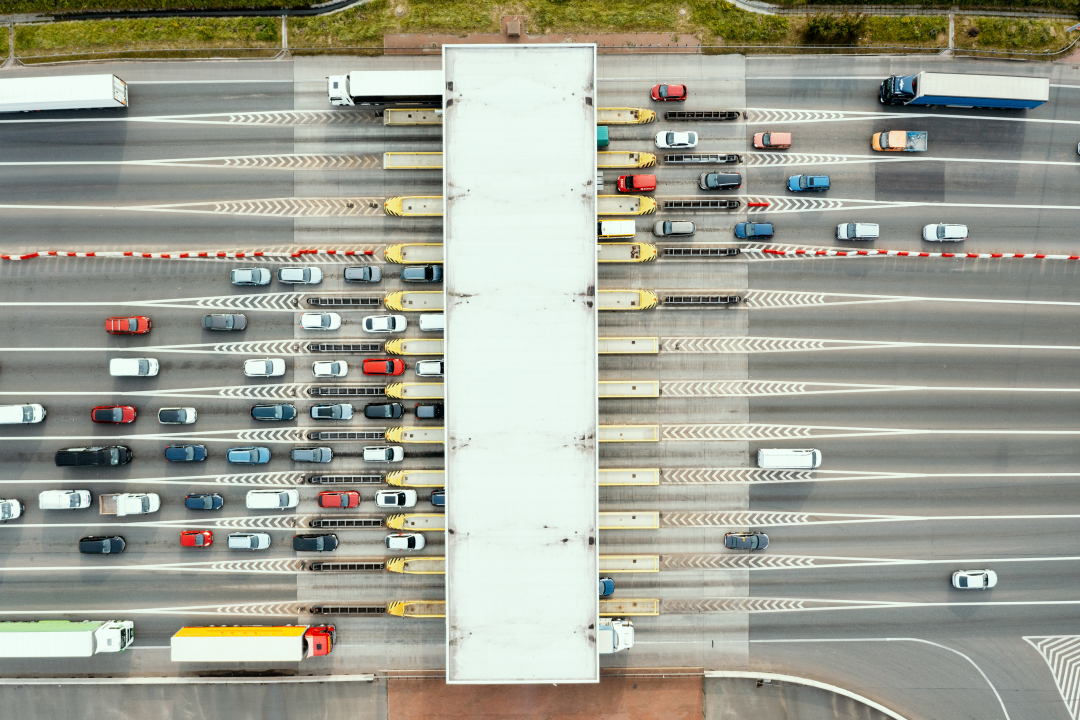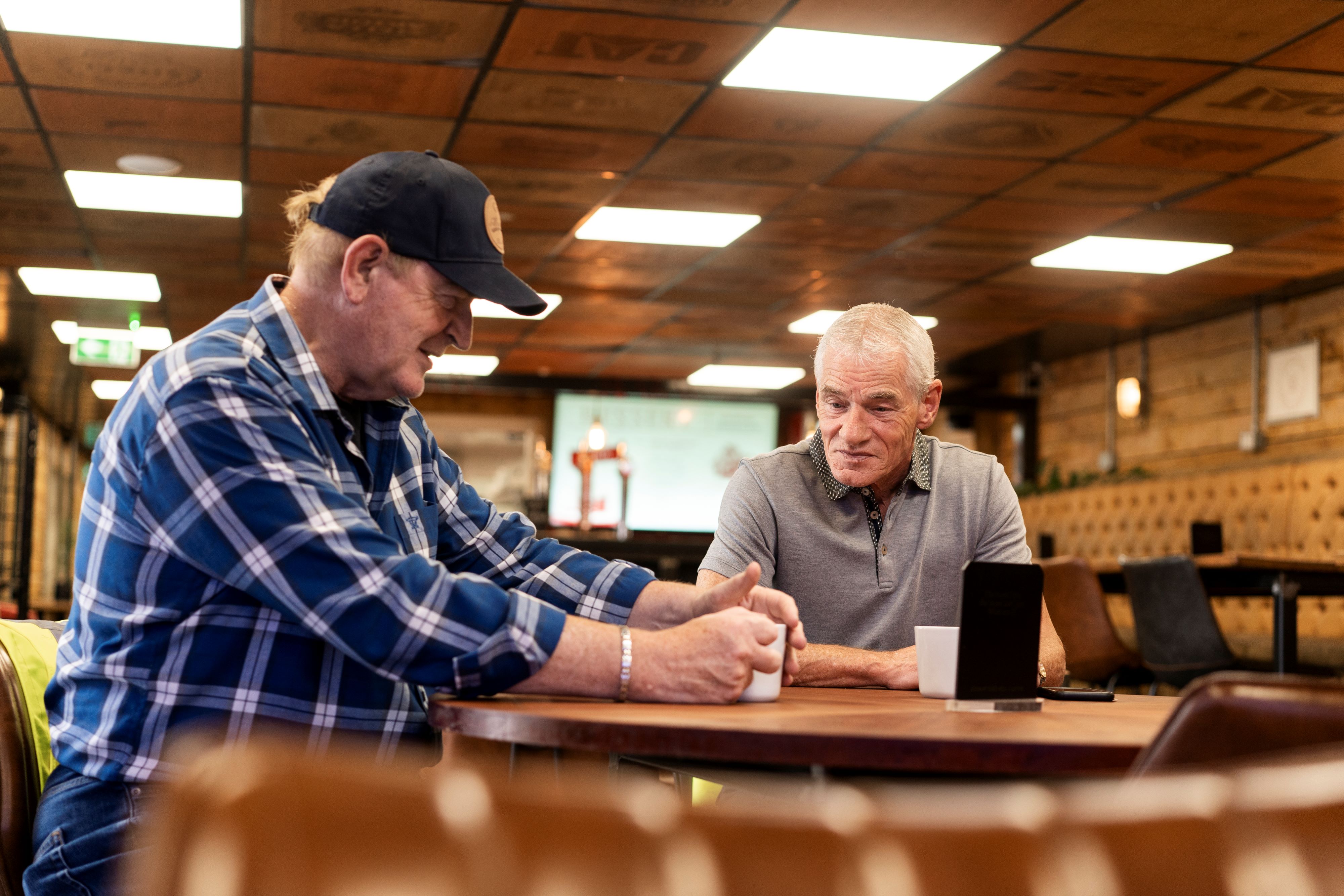
Guest
Vpliv izpada elektrike na Iberskem polotoku leta 2025 na cestni tovorni promet
Ustvarjeno: 04. 06. 2025
•
Posodobljeno: 04. 06. 2025
- aprila 2025 je Iberski polotok zajel obsežen izpad električne energije, zaradi katerega je bilo v Španiji in na Portugalskem brez elektrike na milijone domov, podjetij in javnih služb. Špansko-portugalski izpad, ki se je začel ob 12.33 po lokalnem času, je prizadel večja mesta, kot so Madrid, Barcelona, Lizbona in Porto, ter velike dele okoliških regij. Na nekaterih območjih se je elektrika vrnila v štirih do šestih urah, na drugih pa so motnje trajale vse do naslednjega jutra.
Čeprav natančen vzrok še preiskujejo, po prvih podatkih kaže, da je okvara v čezmejnem prenosnem omrežju povzročila motnje v pretoku električne energije v obeh nacionalnih omrežjih. Posledice so bile hitre in obsežne, saj so bili ustavljeni železniški prevozi, letala so pristala, prizadete so bile bolnišnice in javne storitve, ohromljena pa je bila tudi digitalna infrastruktura. Za prometni in logistični sektor je bil izziv takojšen, saj se je dotaknil vseh vidikov cestnega prometa, od oskrbe s tovorom in gorivom do nadzora prometa in dobrega počutja voznikov.
"Ko pride do izpada električne energije, iztirijo tudi številni sistemi, ki jih uporabljamo za zagotavljanje varnosti na cestah - od semaforjev in oznak do komunikacij," pravi Raquel Martinez, evropska vodja prodaje pri družbi SNAP. "Izpad električne energije leta 2025 je tako za voznike kot za upravljavce voznih parkov pokazal, kako hitro lahko rutinske vožnje postanejo zelo tvegane in kako pomembno je, da se vozniki zavedajo, kje se lahko ustavijo, da ohranijo varnost sebe in svojega tovora."
Zamude pri prevozu tovora
Za prevozna podjetja je bila prva in najbolj pereča težava ustavitev tovornega prometa. Na celotnem Iberskem polotoku se je upočasnilo ali popolnoma ustavilo delovanje skladišč, izpolnjevalnih centrov in vozlišč za navzkrižno pretovarjanje. Prizadeti so bili tudi mednarodni prevozi, saj so bila tovorna vozila zadržana na mejah, medtem ko so si oblasti prizadevale vzpostaviti osnovni nadzor prometa in zagotoviti varnost v cestnem prometu.
Ker je železniški tovorni promet zastal, so nekateri prevozniki poskušali tovor preusmeriti na cestno omrežje, vendar je to prineslo svoje omejitve. Zaradi preobremenjenih prog, nedelujočih prometnih sistemov in neenakomernega dostopa do goriva cestni promet ni mogel absorbirati povpraševanja. Za odpravo zaostankov in ponovno vzpostavitev zanesljivosti dobavne verige je bilo potrebnih več dni.

Cestnine, promet in tehnološke napake
Izpadi električne energije na Iberskem polotoku so razkrili tudi, v kolikšni meri je sodobna infrastruktura odvisna od digitalnih sistemov. Semaforji v večjih mestih so bili zatemnjeni, kar je povzročilo zastoje in povečalo tveganje nesreč. Elektronske oznake, senzorji na avtocestah in pametni usmerjevalni sistemi so odpovedali, zaradi česar vozniki niso imeli na voljo navodil in posodobitev v realnem času.
Podobno velja za cestninske postaje. Ker avtomatske zapornice in elektronski plačilni sistemi niso delovali, je moralo osebje na nekaterih območjih ročno dvigovati zapornice ali pobirati gotovino. To je povzročilo zamude na glavnih cestah, izgubo prihodkov za upravljavce cestninskih cest in zaskrbljenost glede celovitosti sistema po ponovni vzpostavitvi napajanja.
Pomanjkanje goriva
Eden od najbolj očitnih znakov odvisnosti sektorja od električne energije se je pokazal na črpalkah za gorivo. Zaradi izpada električne energije so bile bencinske črpalke po Španiji in Portugalski prisiljene zapreti. Črpalke in plačilni sistemi so prenehali delovati, tako da je bilo le majhno število bencinskih servisov z zasilnimi generatorji sposobnih oskrbovati stranke. Te so bile hitro preobremenjene, kar je povzročilo dolge čakalne vrste, vozniki pa so v številnih primerih ostali brez goriva.
Motnje so se razširile tudi na gorvodno omrežje, saj pristaniške zmogljivosti in omrežja za distribucijo goriva niso mogla delovati z normalno zmogljivostjo, kar je upočasnilo pretok goriva v notranjost države in še povečalo težave z oskrbo.
Električna vozila in polnilna infrastruktura
Za upravljavce električnih vozil je izpad predstavljal poseben izziv. Polnjenje električnih vozil po vsej Španiji in na Portugalskem ni delovalo, zaradi česar so bila električna vozila neuporabna, razen če so bila že dovolj napolnjena, da so lahko opravila svojo pot. Ker ni bilo dostopa do polnjenja, so bile nekatere dobave prekinjene, električna vozila pa začasno umaknjena s cest.
Za logistična podjetja, ki razmišljajo o prehodu na električne vozne parke, so prekinitve dobave električne energije na Iberskem polotoku poudarile pomen načrtovanja za nepredvidljive razmere in rezervne infrastrukture za ohranjanje delovanja ob izpadih omrežja.

Dobrobit voznika
Morda je bila najbolj pereča skrb povezana z dobrim počutjem voznikov. Počivališča in bencinske črpalke so se pogreznile v temo - mnoga so bila brez razsvetljave, ogrevanja, tople hrane in delujočih stranišč. Nekateri vozniki so med prisilnimi zamudami ostali brez varnega ali zaščitenega prostora za počitek.
Druga pomembna težava je bila komunikacija. Zaradi motenj v mobilnih omrežjih so vozniki težko vzpostavili stik z depoji, zahtevali pomoč ali dostopali do posodobitev prometa. Za mnoge je lokalni radio postal edini zanesljiv vir informacij. Razmere so bile jasen opomnik, kako izpostavljena je lahko industrija, kadar pride do izpada kritične infrastrukture.
Lekcije za prihodnost
Čeprav je izpad električne energije v Španiji in Portugalski v večini krajev trajal manj kot 24 ur, so bile motnje v cestnem prometu in prevozu blaga precejšnje. Učinki izpada električne energije na logistiko so zajemali vse od oskrbe z gorivom in odpornosti infrastrukture do pripravljenosti na izredne razmere in dobrega počutja voznikov. Vendar je spodbudil tudi novo razpravo o tem, kako lahko upravljavci voznih parkov izboljšajo neprekinjeno poslovanje in zaščitijo svoje ljudi v primeru podobnih dogodkov.
Vzpostavitev in testiranje zanesljivega načrta neprekinjenega poslovanja je pomemben prvi korak. Ta mora zajemati komunikacijske protokole, dostop do goriva, alternativne poti in razporeditev vozil. Če je mogoče, je treba vnaprej določiti alternativne urnike in partnerje za dostavo - zlasti za časovno občutljive ali kritične tovore.
V takšnih primerih je podpora dobremu počutju voznikov ključnega pomena. Nujni kompleti, ki vsebujejo prigrizke, vodo, svetilke, napajalne baterije in odsevna oblačila, so lahko zagotovilo in praktična pomoč.
"Upravljavci bodo morda želeli pregledati tudi infrastrukturo v skladiščih in voznikom zagotoviti varna mesta za počitek, zlasti med daljšimi zamudami," pravi Raquel. "Če v regiji obstaja mreža postajališč za tovornjake, kot je na primer naša partnerska mreža, je to lahko zagotovilo, da se lahko vozniki nekje ustavijo, dokler se elektrika ne vrne.
"Izpadi elektrike takšnega obsega so sicer redki, vendar je nevarnost realna. Upravljavci morajo razmisliti, kako povečati odpornost in se prilagoditi razmeram, da bodo lahko nadaljevali z vožnjo - od zagotavljanja dostopa do goriva do ponovne presoje načrtovanja poti in zagotavljanja počitka med izrednimi razmerami."
SNAP storitve mobilnosti v Španiji
Imamo široko mrežo postajališč za tovornjake in servisnih območij po vsej Španiji in Evropi. [Obiščite naš interaktivni zemljevid in si oglejte, kje lahko danes najdete naše partnerje.] (https://snapacc.com/map/spain/)



